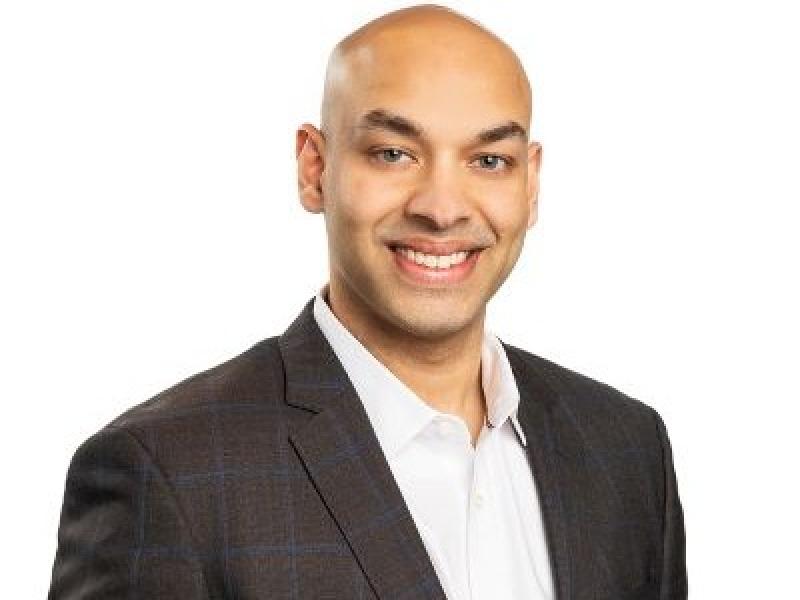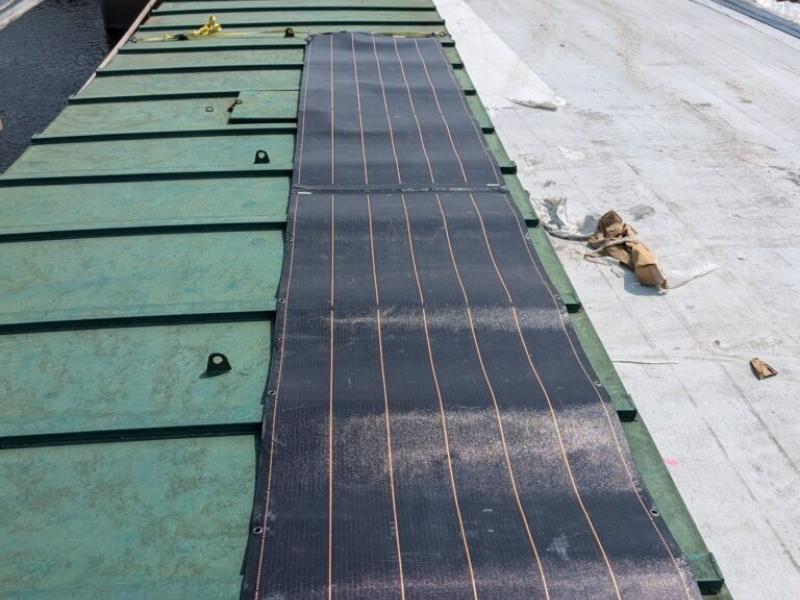
The days of major hydro-electricity surpluses in Quebec are over, and Hydro-Québec will have to double the amount of energy it produces for the province to meet its carbon neutrality goal by 2050.
So said Dave Rhéaume, executive vice-president – energy planning and customer experience at Hydro-Québec. He was discussing the utility’s strategy to respond to growing energy demands in a session of the Montreal Real Estate Forum held June 6 at the city’s convention centre.
Quebecers must “recognize that things have changed quickly,” as energy demands continue to increase in the province, due to decarbonization, the electrification of transportation and climate change, he said.
Rhéaume noted that despite population increases, Quebec saw no increases in energy demands from 2000 to 2020, as homes became more energy efficient.
“We had major surpluses in those years. Fifteen, 20 per cent of the energy produced in Quebec was exported because we didn’t have demand in Quebec,” Rhéaume said. But since then, “we’ve left this world” and electricity demands have increased rapidly in the last few years.
“There’s really an explosion in demand in every market,” he said, citing as an example large industrial players that used oil or natural gas for decades that are now installing electric heat pumps.
Reaching Quebec's 2050 clean energy goals
While Quebec hopes to reach carbon neutrality by 2050, reaching that goal will require the production of between 150 and 200 terrawatt hours to replace so-called dirty energy from hydrocarbons.
Fossil fuels still represent 50 per cent of Quebec’s energy consumption, he said. “We don’t see it because houses are electric, heating is electric.” But in industry and transport “there’s still an enormous amount of fossil energy.”
Rhéaume said that for decades Hydro-Québec built hydro electric dams to meet energy demands, but that other forms of energy, such as wind power, are now on the table.
Last month, Hydro-Québec CEO Michael Sabia announced that the utility wants to generate ten thousand megawatts for power by 2035 by building new wind turbines throughout the province. Wind farms have previously been reserved for the private sector.
Bringing more solar power to Quebec
While Quebec isn’t exactly the sunniest place in the world, Rhéaume said about 100,000 Quebecers will install solar panels in the next decade.
He noted that solar power installations in Quebec cost essentially the same as they do in Ontario. However, if the electricity cost savings in Quebec from the installations are only half of what they are in Ontario, Quebecers’ return on investment is lower.
As a result, Hydro-Québec will need to provide significant financial aid to Quebecers who take steps to improve energy efficiency and match the aid that is given in jurisdictions where electricity is more expensive. “We have to derisk these projects.”
Rhéaume said energy efficiency was previously not a huge consideration for Hydro-Québec, but “it’s now a major part of our planning.”
He admitted one of Hydro-Québec’s biggest challenges is “how do we change Quebecers’ relationship with electricity” so that they reduce electricity consumption. Quebecers’ current relationship with hydro electricity reflects the sentiment “that we’ve always had a lot of energy.”
Rhéaume also acknowledged that connection delays are too long for new clients and properties and that they must be reduced. “The quality of service we’re providing today is insufficient. The number one priority is to improve service. Connection delays aren’t acceptable.”
New rules for provincial electricity rates
Last week, Quebec Economy and Energy Minister Pierre Fitzgibbon said electricity rate increases will be limited to three per cent annually for residential clients until 2026 but could be higher for commercial and industrial clients. In addition, Fitzgibbon opened the door to allowing Hydro-Québec to charge consumers different power rates depending on the time of day.
He also introduced a law that would remove the requirement for Hydro-Québec to make calls for tenders, which would allow the Crown corporation to speed up green energy projects.
During a session on Montreal’s industrial market during the real estate forum, James Beach, vice-president, real estate development at Broccolini, decried Hydro-Québec’s strategy of giving access to its clean hydro-electric power to large power users like data centres that employ few people.
“The challenge is there’s only so much supply of clean hydro-electric power and right now there seems to be a propensity to associate job creation to megawatts of power,” Beach said. However, this criterion is not always applied to some larger scale energy users, such as data centres, he added.
For large users of power, “the job creation ratio is perhaps not where it needs to be” when it comes to the allocation of the limited resource that is hydro-electric power.
Beach also noted the increased use of AI in the coming years will require well-located data centres that need huge amounts of power to operate. There is no solution as to how to deal with this situation, he said.










